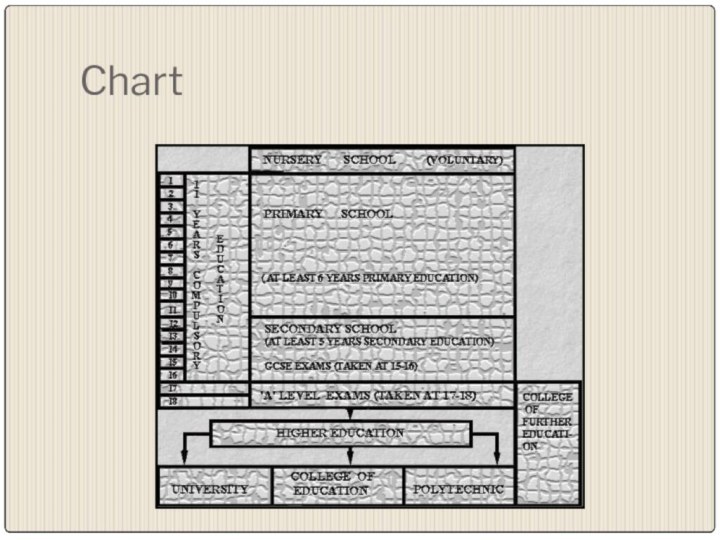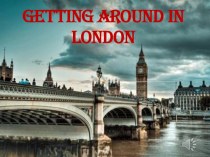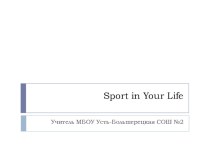was established. The Act abolished the School Boards and
created Local Education Authorities (LEAs) based on the county councils.These Education Authorities were allowed to support other forms of education, not only elementary. So they were able to finance secondary schools. The LEAs became the basis of the "national system, locally administered. Education was controlled centrally by the Secretary of the Board of EducationArthur James Balfour.
British statesman who maintained a position of power in the British Conservative Party for 50 years; he was prime minister from 1902 to 1905.










































